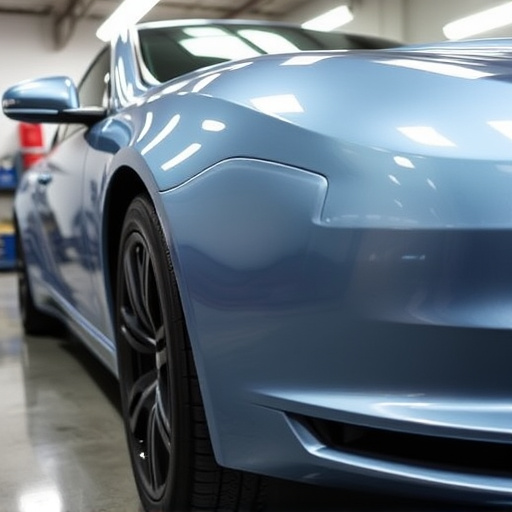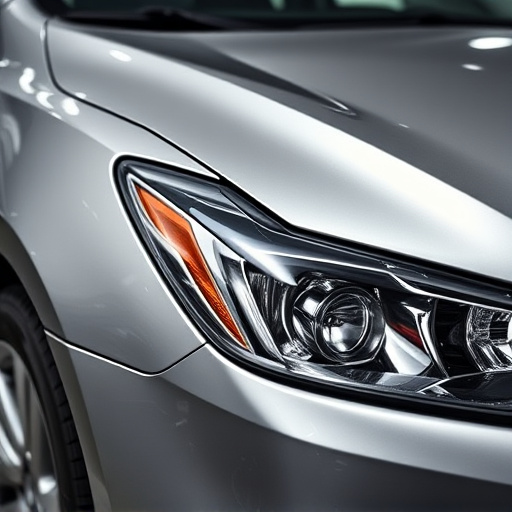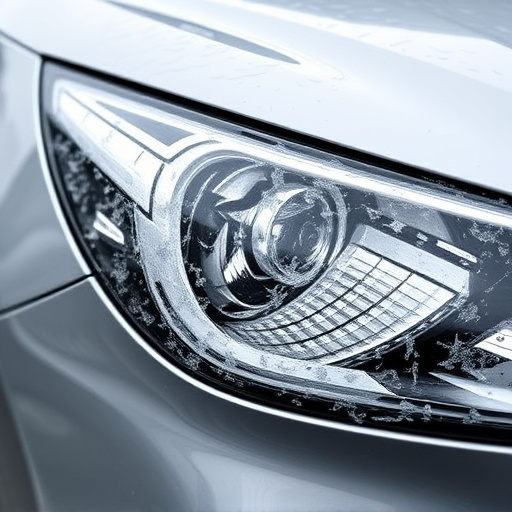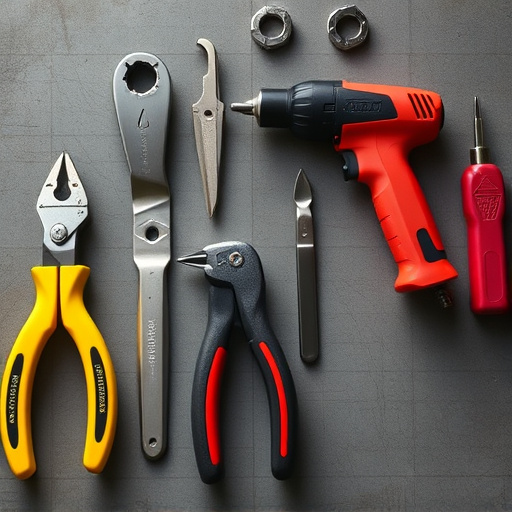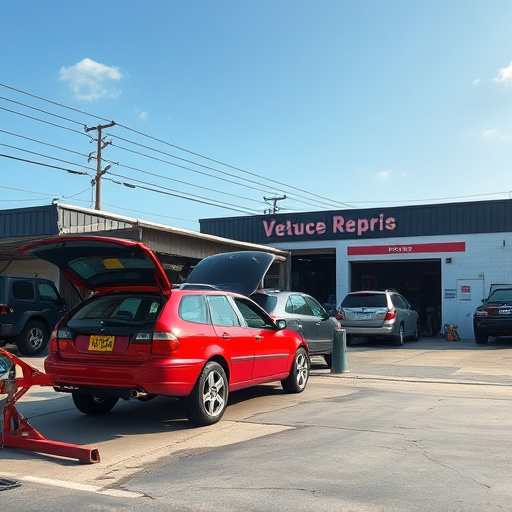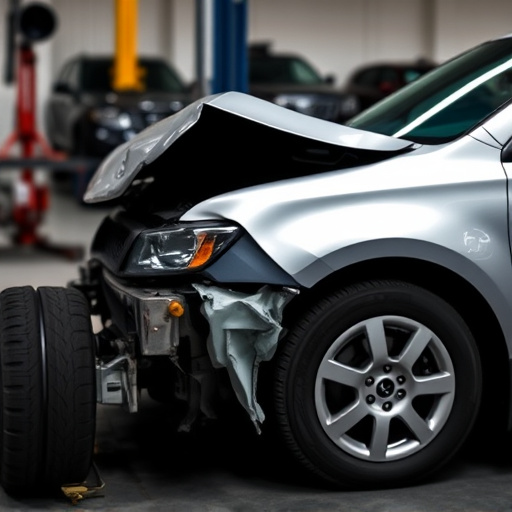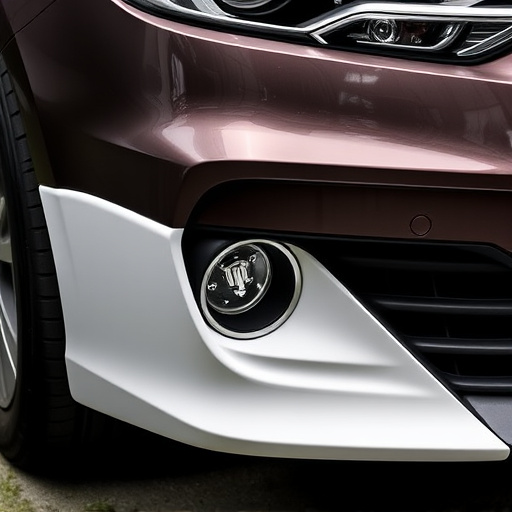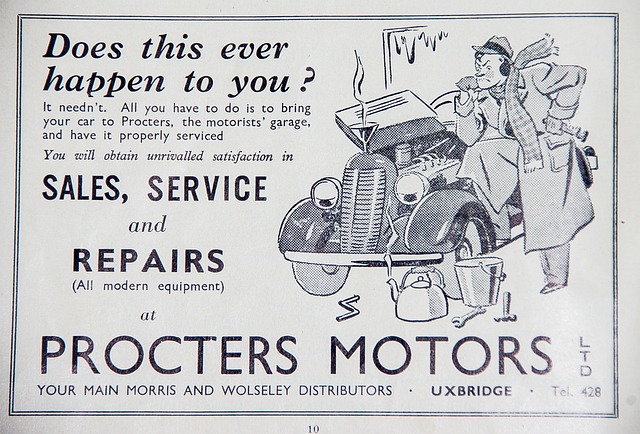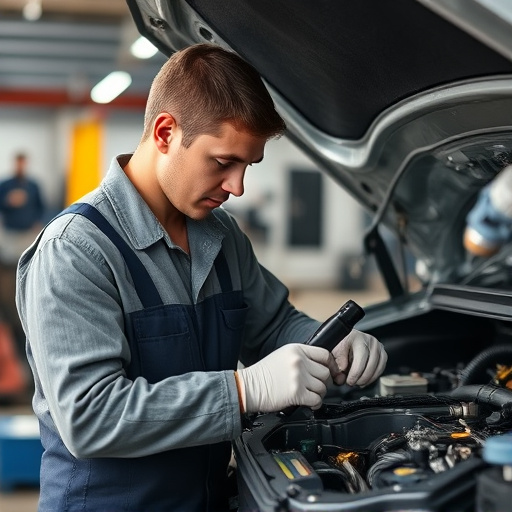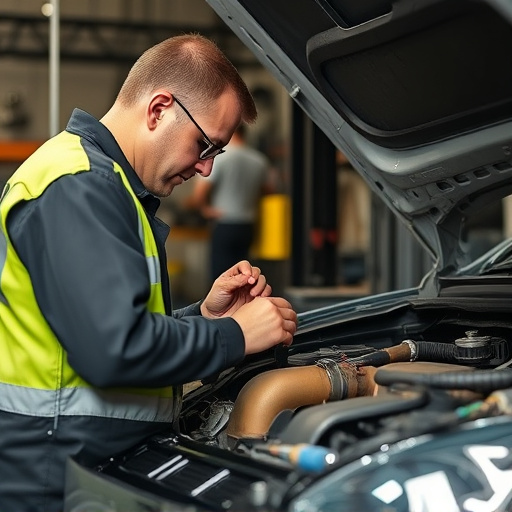Clear coat, a protective layer in paint finish restoration, safeguards painted surfaces from environmental damage, vital for vehicles exposed to sunlight, rain, and pollutants. Regular maintenance, including dent repair, prevents oxidation, cracking, and delaminations. Restoration techniques involve preparation, sanding, priming, filling, advanced tools, and clear coat application for long-lasting, beautiful paint finish protection.
Clear coat health is paramount in paint finish restoration, playing a critical role in revitalizing surfaces to their former glory. Understanding the clear coat—its composition, functions, and benefits—is essential for effective restoration. This article delves into the intricacies of clear coats, exploring common degradation issues, causes, and advanced restoration techniques. By grasping these aspects, you’ll learn how to achieve optimal results in paint finish restoration, ensuring lasting protection and aesthetic appeal.
- Understanding Clear Coat: Its Role and Benefits
- The Impact of Degradation: Common Issues and Causes
- Restoration Techniques: Achieving Optimal Results
Understanding Clear Coat: Its Role and Benefits
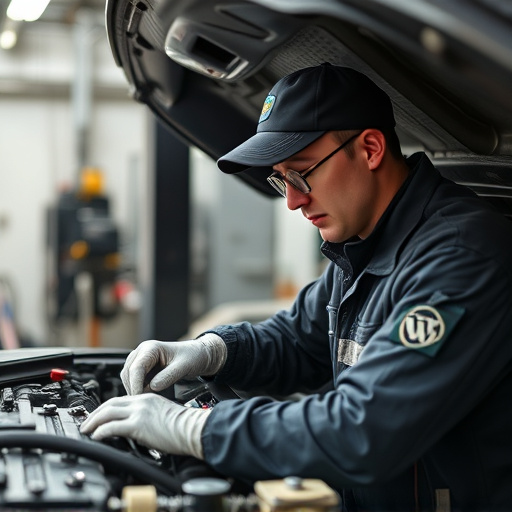
Clear coat, a protective outer layer applied over painted surfaces during paint finish restoration, plays a pivotal role in maintaining the integrity and aesthetics of vehicles or other objects undergoing such restoration. Beyond enhancing visual appeal, clear coat offers significant benefits that extend beyond mere aesthetics. It acts as a barrier against environmental factors like UV rays, harsh weather conditions, and chemical damage, thereby safeguarding the underlying paint job from premature fading, cracking, or peeling.
In the realm of auto maintenance, especially in cases like Mercedes Benz repair, understanding the importance of clear coat cannot be overstated. For vehicles subjected to frequent exposure to sunlight, rain, or industrial pollutants, a robust clear coat acts as an indispensable shield, ensuring that the car’s paint finish remains intact and vibrant. This is particularly crucial for those seeking tire services or comprehensive auto care, as it guarantees that their vehicles not only look their best but also stand the test of time, preserving the initial investment in their paint finish restoration.
The Impact of Degradation: Common Issues and Causes
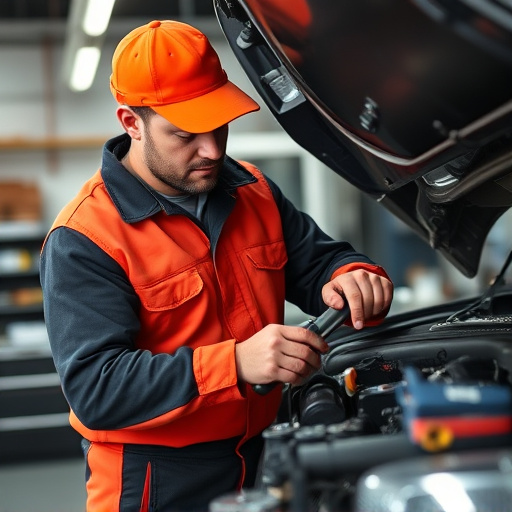
The paint finish on a vehicle is not merely cosmetic; it serves as a protective barrier against environmental elements like UV rays, harsh weather conditions, and chemical pollutants. Degradation of this outer layer can lead to significant issues over time. Common problems include oxidation, which causes the paint to yellow and crack, and exposure to extreme temperatures that can result in blisters and delaminations. Other culprits are bird droppings, tree sap, and acidic substances that, if left untreated, can etch into the paint, causing permanent damage.
Several factors contribute to paint finish degradation, including poor initial application, lack of proper maintenance, and accidental damage like denting (car dent repair) or scratching. Vehicle repair services often encounter cases where neglect has led to extensive paint issues. Regular car dent removal and prompt attention to minor problems can help maintain the integrity of the paint finish, ensuring a smoother, more durable restoration in the event of more significant damage.
Restoration Techniques: Achieving Optimal Results
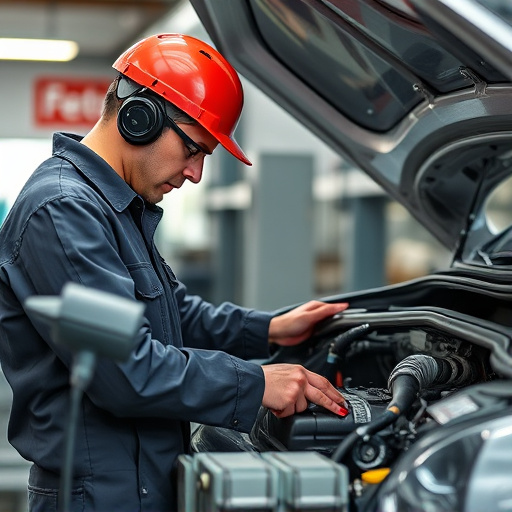
Restoration Techniques play a pivotal role in achieving optimal results for any paint finish restoration project, whether it’s for a classic car, modern vehicle, or even furniture. The process begins with meticulous preparation, where every imperfection on the surface is addressed to ensure a smooth base for the new coat of paint. This involves techniques like sanding, priming, and filling to eliminate dents, scratches, and imperfections, which are common in cases of automotive collision repair or dent removal.
Advanced technologies, such as dental tools and precision sandpapers, enable restorers to achieve a level surface, enhancing the overall aesthetics. After preparation, applying clear coat becomes a critical step. This protective layer not only adds depth and shine but also safeguards the paint job from environmental factors, UV rays, and oxidation, thus preserving the beauty of the restored paint finish over time.
Clear coat health is paramount in paint finish restoration, as it protects the underlying surface and enhances durability. By understanding clear coat functionality, recognizing degradation issues, and employing effective restoration techniques, you can achieve optimal results for your paint finish restoration projects, ensuring a vibrant, long-lasting protective layer on any surface.

